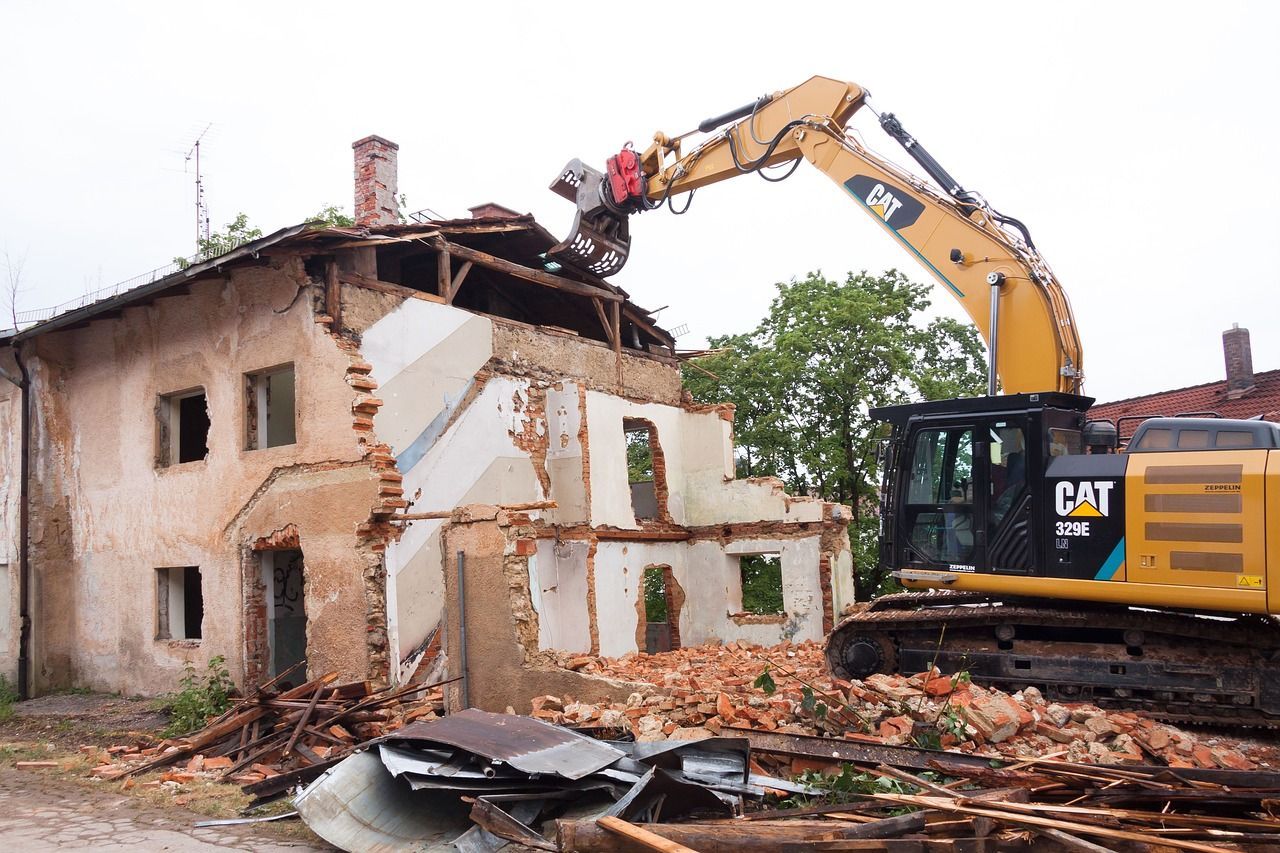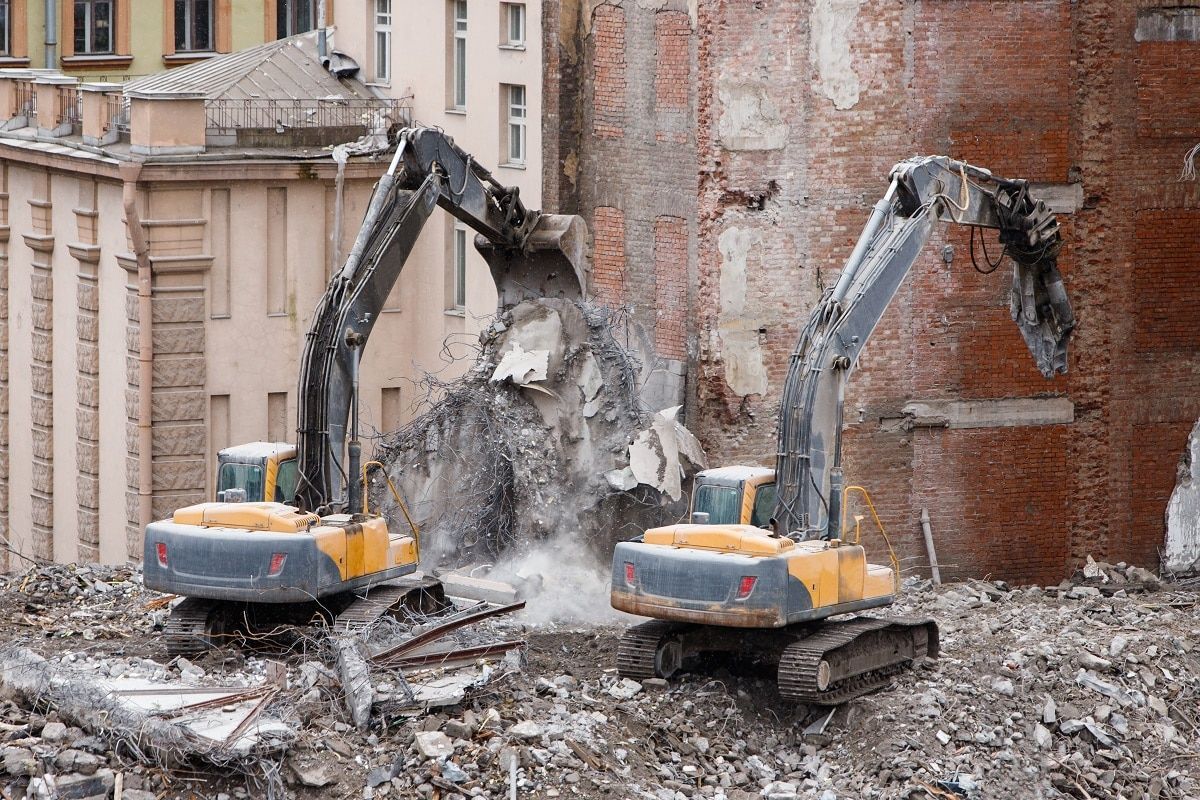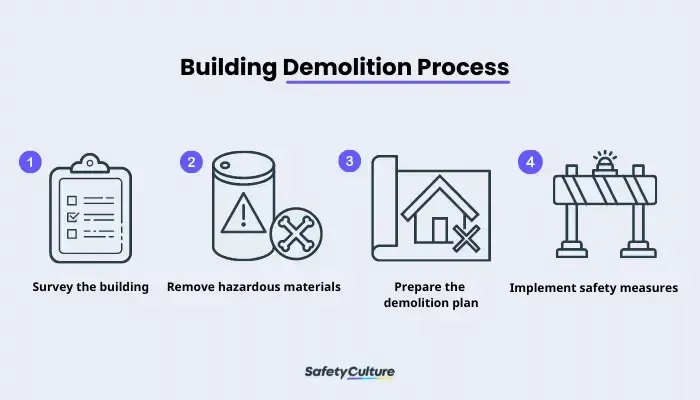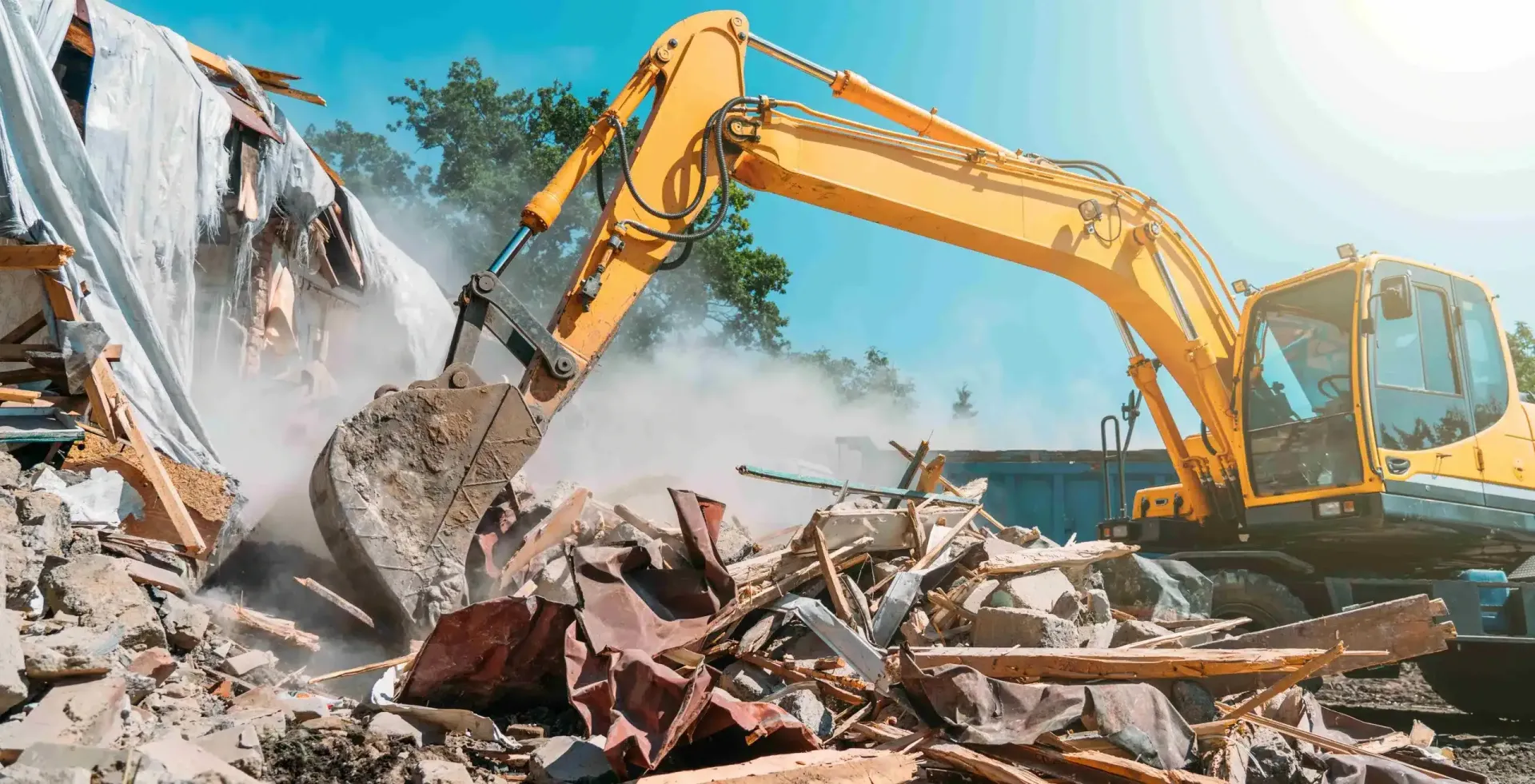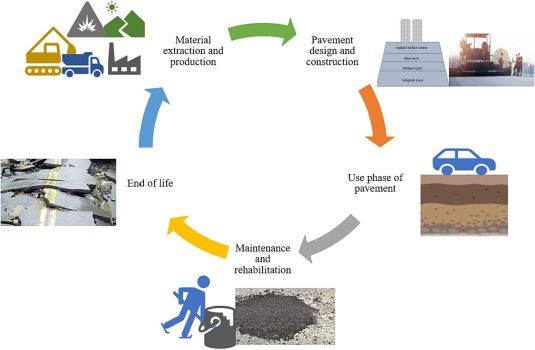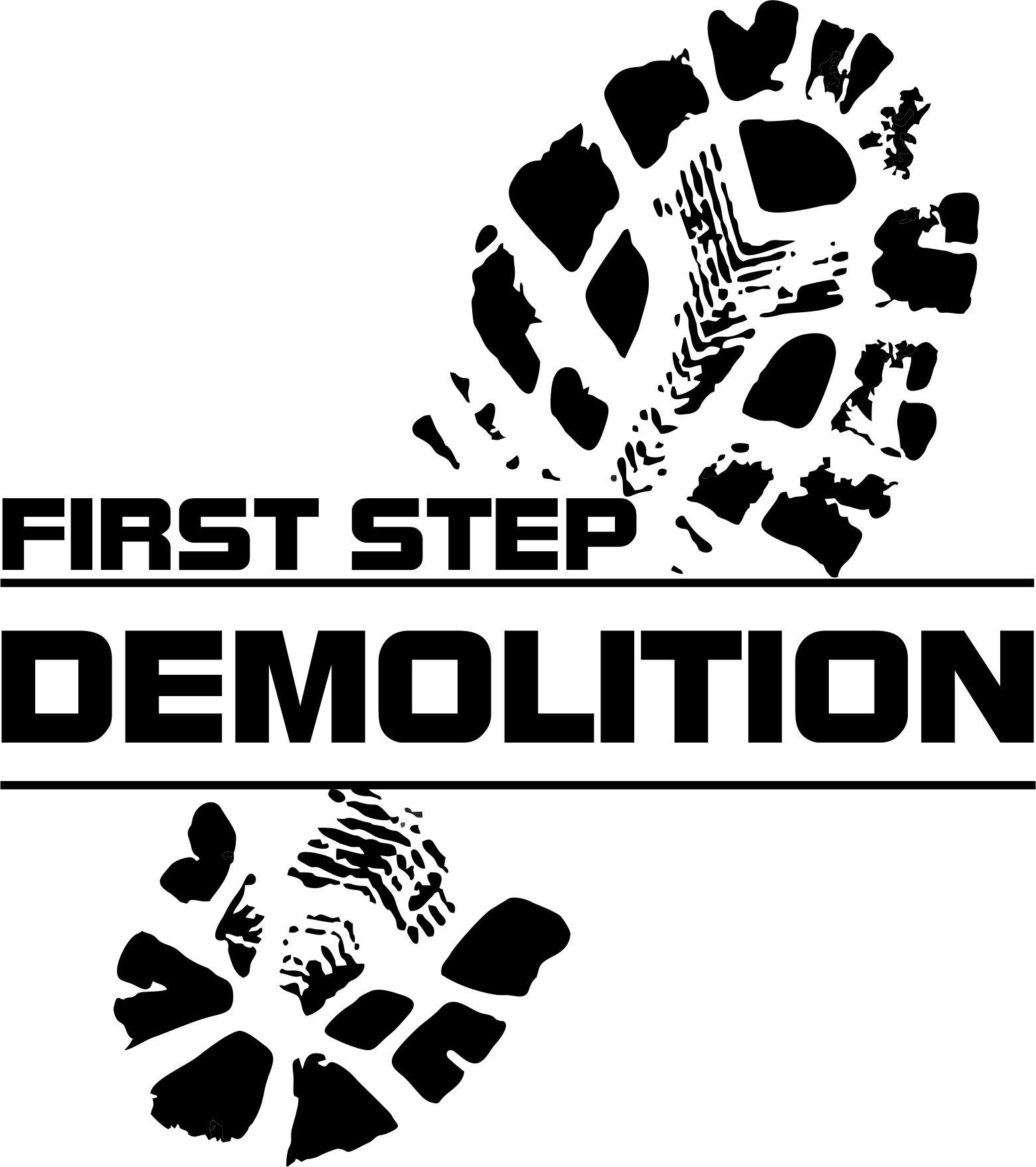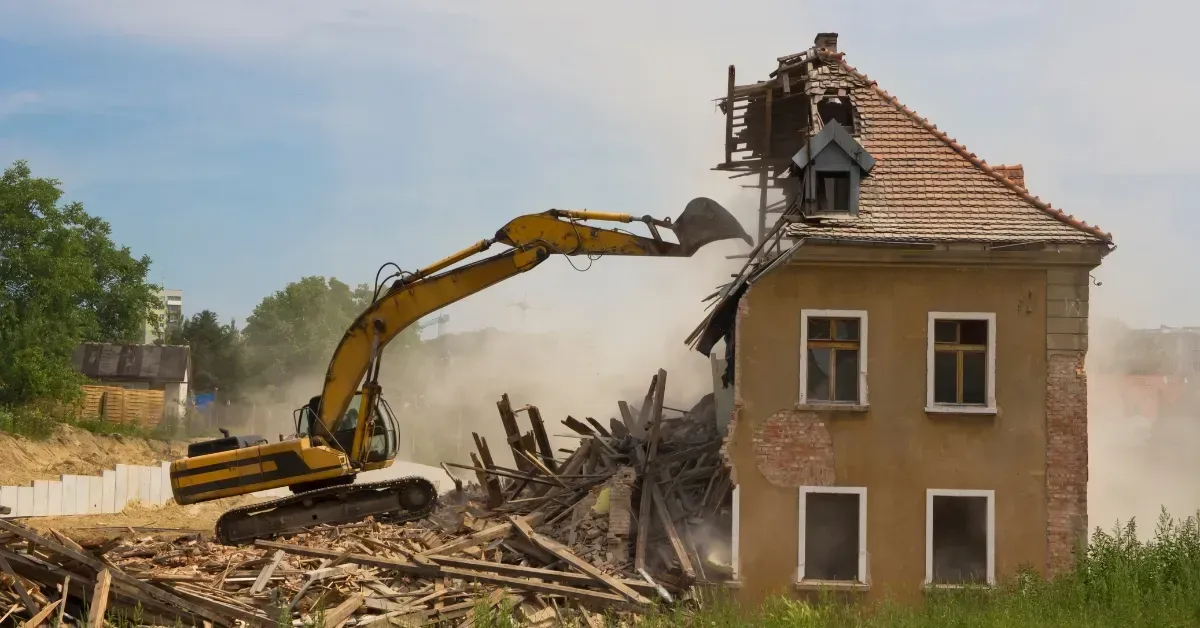High Reach Demolition vs. Traditional Demolition
As we know, in the world of demolition, there are several methods we can utilize in order to get the demolition job done. However, it requires certain knowledge and expertise in order to choose the right method. Now, in both construction and demolition, choosing the right method for bringing down structures is crucial. The choice often boils down to two main techniques: high reach demolition and traditional demolition. Each method has its own set of advantages, challenges, and ideal use cases. In this blog post, we’ll dive deep into a comparative analysis of high reach demolition versus traditional demolition. We will explore their key differences and help you determine which approach might be best for your next demolition project.
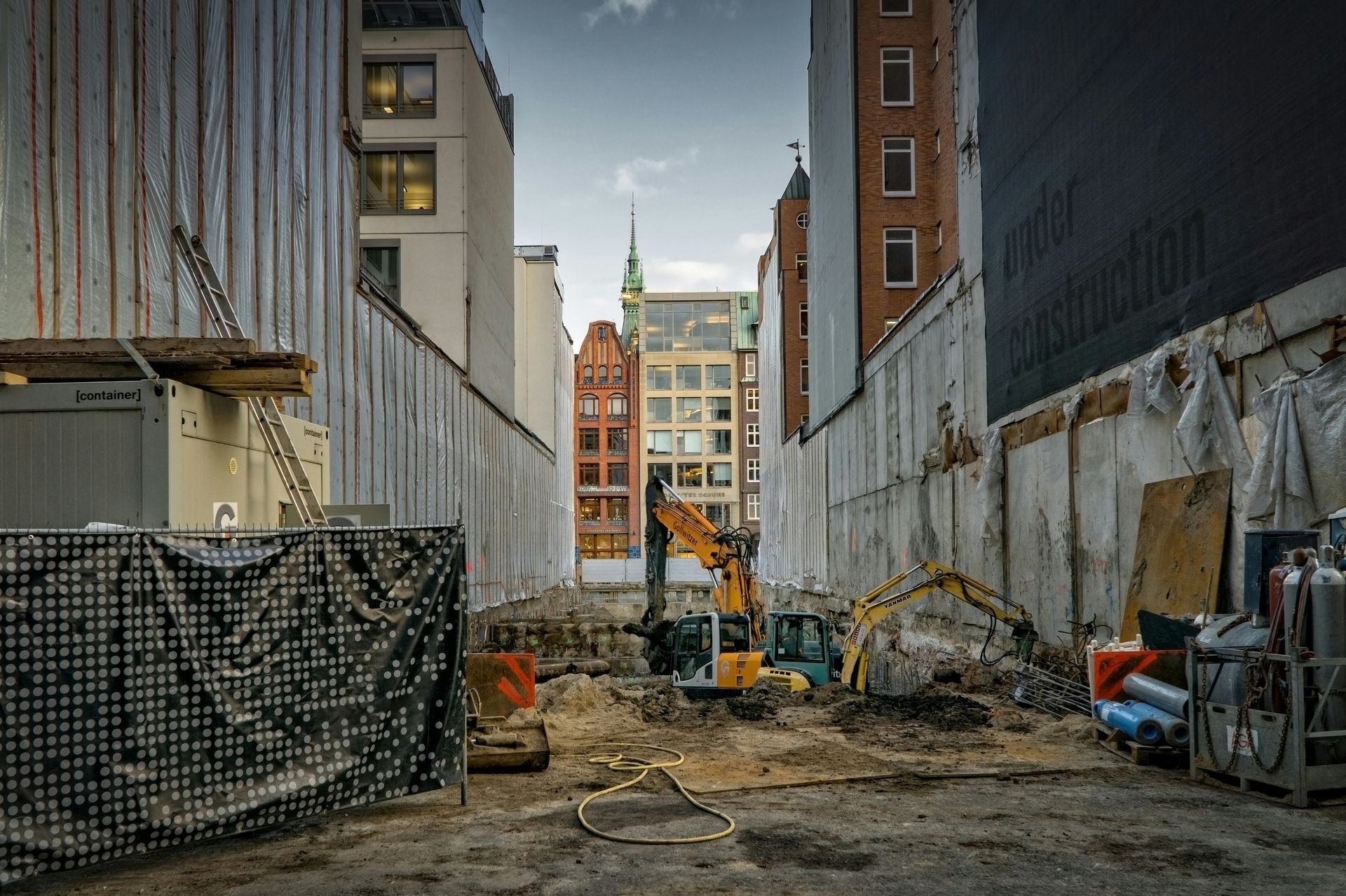
Comparative Analysis of High Reach Demolition and Traditional Demolition
For those who are new in the demolition industry, two of the most commonly used methods of demolition are high reach demolition and traditional demolition. To further understand the difference between high reach demolition and traditional demolition, we’ll lay out their advantages, challenges, and when it’s ideal to utilize them. So, what is high reach demolition?
What Is High Reach Demolition
High reach demolition involves the use of specialized equipment designed to safely dismantle tall structures. For a high reach demolition job, it usually requires the use of a high reach excavator. These machines feature long, extendable arms that can reach heights up to 70 meters (230 feet) or more. Using such machines will allow operators to methodically deconstruct buildings from the top down. This technique is particularly suited for demolishing multi-story buildings and structures in densely populated urban areas.
What Are The Key Features of High Reach Demolition
Below are the key features of high reach demolition:
- Height Capability: Capable of reaching and dismantling tall structures.
- Precision: Offers precise control, reducing the risk of accidental damage to nearby structures.
- Safety: Keeps operators at a safe distance from the demolition site.
- Dust and Debris Control: Enhanced ability to manage dust and debris, minimizing environmental impact.
What Is Traditional Demolition
As for traditional demolition, it encompasses a range of methods. It includes the use of wrecking balls, implosions, and standard excavators equipped with hydraulic hammers or shears. These methods are often used for demolishing smaller buildings or when precision is less critical. You can check this blog out to further learn more about the
different methods of demolition.
What Are The Key Features of Traditional Demolition
Below are the key features of traditional demolition:
- Versatility: Suitable for a wide variety of structures, from small houses to medium-sized buildings.
- Speed: Can be faster for demolishing certain types of structures, especially single-story buildings.
- Cost-Effectiveness: Often more affordable, especially for smaller projects.
- Accessibility: Requires less specialized equipment and can be easier to mobilize quickly.
Comparative Analysis Between High Reach Demolition and Traditional Demolition
Now that you know the difference between the two, let us now compare their safety, environmental impact, cost, speed, precision and control, and applications.
Safety
High Reach Demolition: This method is generally safer for operators as they remain in the cab of the machine, far from the structure being demolished. The precision of the machinery also reduces the likelihood of unplanned collapses.
Traditional Demolition: Depending on the method, there can be more direct human involvement, which may increase safety risks. Techniques like implosions require meticulous planning and execution to ensure safety.
Environmental Impact
High Reach Demolition: Better control over dust and debris means less environmental contamination. This is crucial in urban settings where air quality is a concern.
Traditional Demolition:
Can generate significant dust and debris, which might require additional measures to control, particularly in populated areas.
Cost
High Reach Demolition: Generally more expensive due to the specialized equipment and skilled operators required. However, the reduced risk of damage to surrounding structures can offset costs in complex projects.
Traditional Demolition:
Typically less costly upfront, making it a preferred option for smaller or less complex demolitions.
Speed
High Reach Demolition:
Can be slower due to the methodical nature of the process. Each section of the building is carefully dismantled to ensure safety and precision.
Traditional Demolition:
Often faster, especially with methods like implosions, where buildings can be brought down in seconds, followed by debris clearance.
Precision and Control
High Reach Demolition:
Offers superior precision, making it ideal for projects where control over the demolition process is critical to avoid damage to adjacent structures.
Traditional Demolition:
Less precise, which can be a disadvantage in densely packed urban environments or near sensitive structures.
Applications
High Reach Demolition:
Best suited for tall buildings, complex urban demolitions, and projects requiring high levels of control and safety.
Traditional Demolition: Ideal for smaller buildings, industrial structures, and situations where speed and cost are the primary considerations.
When To Use High Reach Demolition for
- Tall or multi-story buildings
- Urban settings with nearby structures
- Projects requiring high precision and control
- Situations where environmental impact must be minimized
When To Use Traditional Demolition for
- Smaller or single-story buildings
- Industrial structures with fewer surrounding constraints
- Projects where speed and cost are primary considerations
- Situations where advanced planning and controlled implosions are viable
By understanding the strengths and limitations of each method, you can make an informed choice that best suits the needs of your demolition project. Doing so will ensure safety, efficiency, and cost-effectiveness. Whether you opt for high reach demolition or traditional techniques, the key is to align your choice with the specific demands of your project and the surrounding environment.
Conclusion
Choosing between high reach demolition and traditional demolition depends largely on the specifics of the project at hand. High reach demolition is the preferred choice for tall, complex structures, especially in densely populated urban environments where precision, safety, and environmental considerations are paramount. On the other hand, traditional demolition methods are often more cost-effective and faster for smaller or less complex projects where these factors are less critical.
First Step Demolition
At First Step Demolition, we understand how crucial it is to know which method to apply in your demolition project. With years of experience in the demolition industry, you can rest assured that we have the knowledge and expertise in different kinds of demolition methods. Whether your project needs the traditional demolition or the high reach demolition, we are always equipped to do the job. You can
call us or visit our website to schedule an appointment. We are happy to guide you through your next demolition project!



